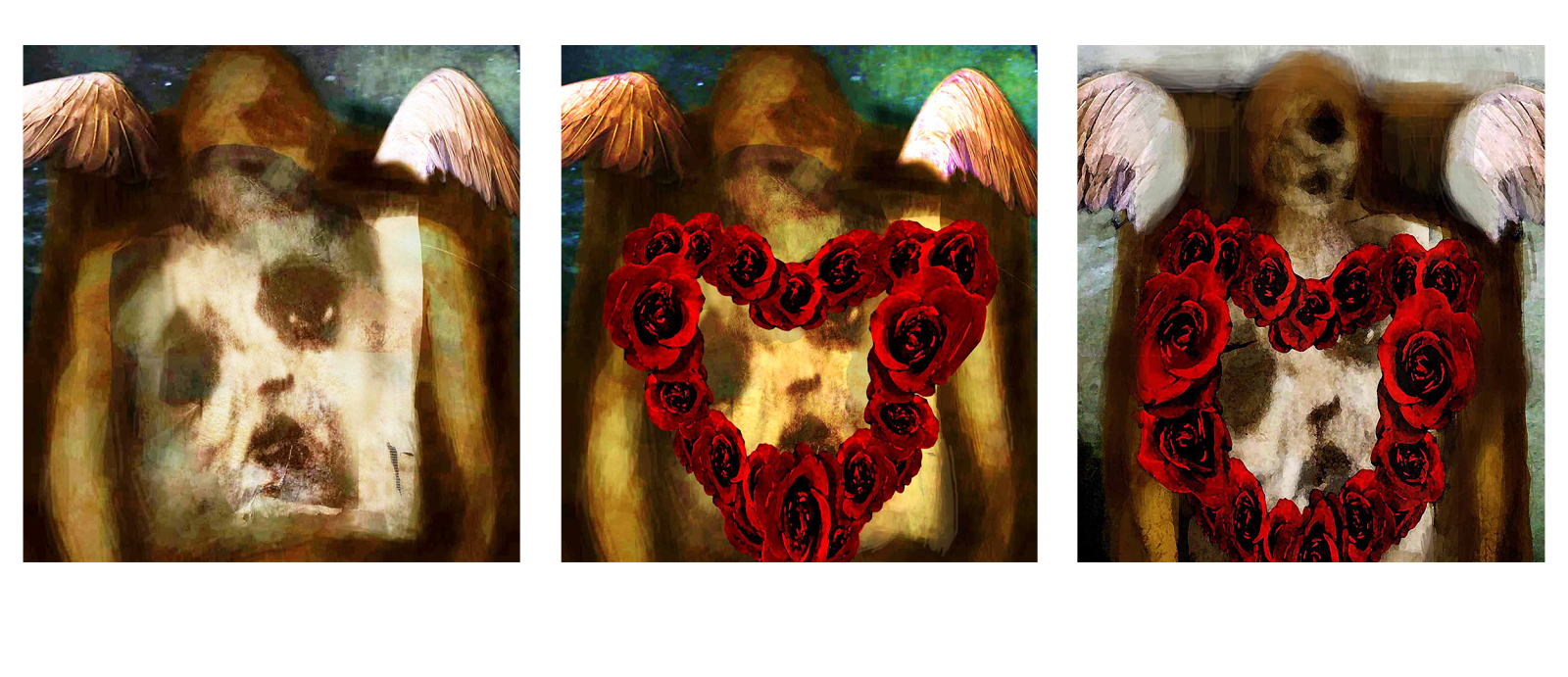Flux...
 | |
| Digital manipulation, 2014 |
In the West we have an unquenchable desire for new and exciting products to buy. Creators of consumer goodies often look to other cultures for ideas that are new and exotic. However, the problem with this is that the original cultural meaning is skewed and distorted in order to make it fit our market's needs.
 |
| Retrieved from Pixabay |
To its original creator the myth of Cupid and Psyche had important social and cultural meanings. The idea of the classically beautiful star crossed lovers and their struggle to unite appeals greatly to us.
For some reason the figure of Psyche has been dropped by consumer culture, despite our love of using the female body to market and sell a multitude of products. The West has taken the figure of Cupid and turned him into a heavily stylised cherub.
The Desolation of Cupid explores the journey of Cupid from his original purpose and form to what we now understand as being Cupid.
The artwork above is from Desolation of Cupid and attempts to describe the transformation process that occurs when Western consumer culture turns the meaningful into the consumable. Cupid has become no more than a dumbed down icon that producers assign to products in order to entice us to buy.
Figure stock by Felix d'Eon
Texture by Arkano3
Any copyrighted material used on this blog remains the property of the original owner and is used under the Fir Dealing Australia Act for the purpose of critique and review.







